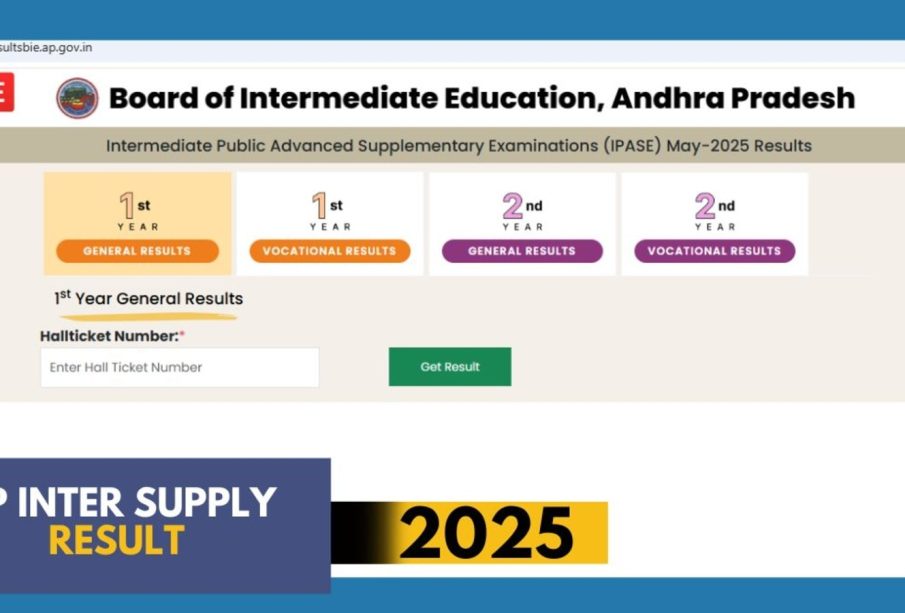Understanding Inter Supply Results 2025 and Their Impact

Introduction
Inter supply results for 2025 are becoming a focal point for businesses and analysts as they prepare for evolving market dynamics. As the world navigates the post-pandemic landscape, understanding these results is crucial for forecasting economic trends, optimizing supply chains, and making informed investment decisions. With global challenges such as inflation, geopolitical tensions, and climate change, the insights derived from inter supply results will play a critical role in shaping strategies for resilience and growth.
Main Body
Recently, organizations have been ramping up efforts to compile and analyze inter supply results leading into 2025. Preliminary data suggests a significant shift in supply chain operations, with a heightened focus on sustainability and local sourcing. Enhanced technologies, including AI and blockchain, are expected to provide real-time insights into supply chain efficiencies, leading to increased transparency and reduced costs.
According to a report by the World Economic Forum, companies that adapt early to these emerging supply chain trends are likely to outperform their competitors. Businesses are also embracing digital transformation to streamline operations, ensuring they can swiftly respond to fluctuations in demand and supply disruptions. For example, the automotive industry is leveraging predictive analytics to manage parts distribution more effectively as consumer preferences shift towards electric vehicles.
Furthermore, reported anticipations underline the importance of collaboration within industries. Supply chain resilience is increasingly recognized as a collective effort; hence, companies are engaging in partnerships that emphasize shared risks and rewards. This approach not only helps stabilize supply chains but also promotes innovation and sustainability, which are becoming pressing demands from consumers and stakeholders alike.
Conclusion
The inter supply results for 2025 are set to redefine how businesses operate amid evolving challenges and opportunities. As the focus shifts toward sustainable practices and collaborative strategies, organizations must remain agile and vigilant. Companies that utilize the insights gleaned from these results to adapt their operations are likely to enhance their competitive advantage and resilience in a volatile economic environment. Looking ahead, stakeholders must prioritize these inter supply factors as they lay the groundwork for a sustainable and efficient future.









